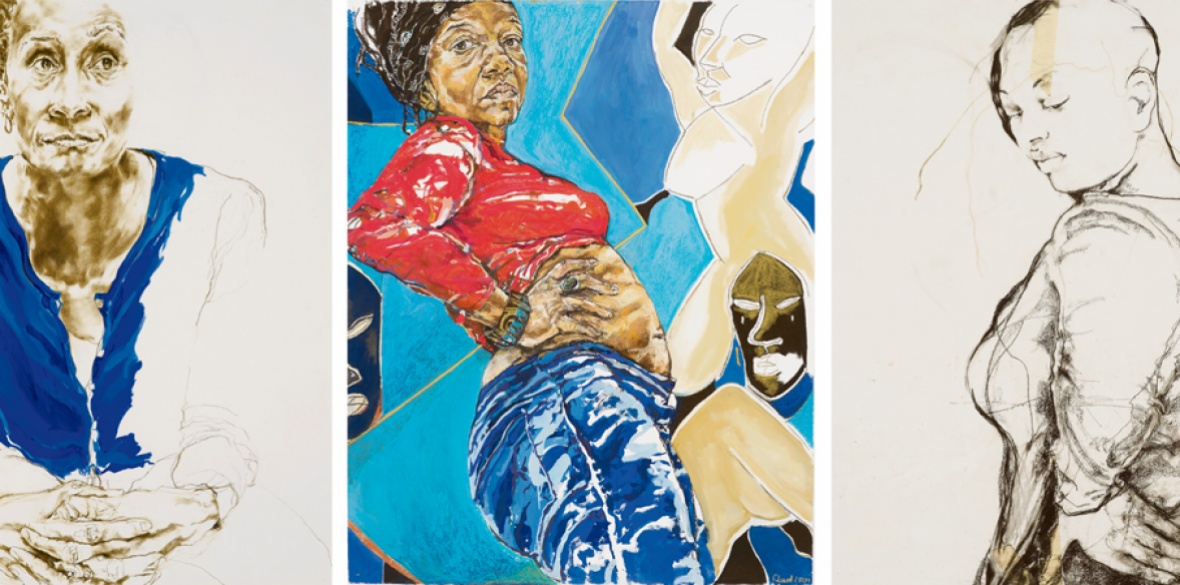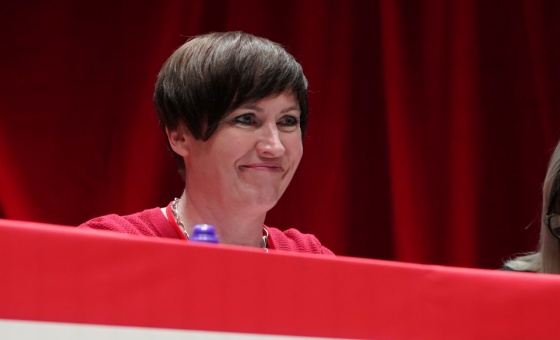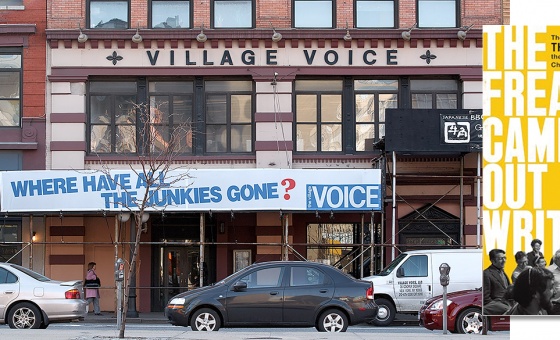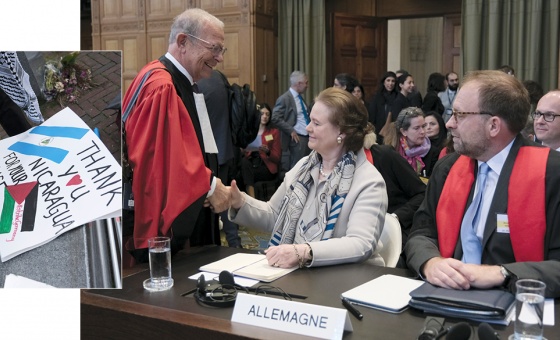This is the last article you can read this month
You can read more article this month
You can read more articles this month
Sorry your limit is up for this month
Reset on:
Please help support the Morning Star by subscribing here
ONE of the most significant figurative artists working in Britain today, Claudette Johnson creates potent images with oil pastels, inks and charcoal on paper which, informed by purposeful radicalism, have an exquisite lightness of touch.
For Johnson, her works are an active part of making sense of life and countering negative legacies of colonialism. Her powerful output made her a key figure in the influential BLK Art Group and it continues to ignite debate about how how gender and race may be understood through art, now and in the future.
Born in Manchester in 1959 to Jamaican parents, hers were the first black family to live on their street. At primary school, she was the only pupil of Caribbean decent and lessons touching on slavery or Caribbean culture made her keenly aware of being “other.”
Aspects of some teaching, colonial caricatures and racist dolls all unwittingly contributed to a generally prejudicial cultural imagination about people of colour. Johnson went on to transform this clashing of perceptions into artworks that are enriching visual culture in Britain.
Studying fine art in Wolverhampton in the early 1980s, she began to utilise the uncomfortable racist undercurrents she’d experienced, including them as reference points in her art.
Her bold, empathetic approach to depicting her black sitters and her self-portraits gave her work a leading edge which advanced the visual representation of black women in art. Her intent to make visible aspects of black lived experience, such as assertive black female sexuality, saw the creation of a range of celebratory black female nudes that resist voyeurism.
This sharply contrasted with historical representations of women that typically objectified their often enslaved black female subjects. Johnson’s sitters exude confidence and freedom and, larger-than-life size, they push beyond the boundaries of the space they inhabit, filling the room with character and presence.
In 1982, Johnson joined what was initially called the Wolverhampton Young Black Artists, along with Marlene Smith, Keith Piper, Eddie Chambers and Donald Rodney. Also from Afro-Caribbean families, these young artists came together to explore black experience in their art-making and to discuss the challenges of being lone black art students.
As Johnson explains: “As a group we shared a commitment in wanting to disrupt the rhetoric that said we were not part of Britain’s present, had no significant past and could not play a part in its future.”
They renamed to BLK Art Group and began to organise public exhibitions of contemporary art by people of colour and events such as the First National Black Arts Convention, which included influential seminars by Johnson.
From the 1980s onwards, exhibitions set out to break new ground by showing fresh works and sparking stronger BLK artists’ networks. Johnson’s work featured in many early seminal shows, all curated by Lubaina Himid, and included Five Black Women at the Africa Centre Gallery (1983), The Thin Black Line at the Institute of Contemporary Art (1985) and Out There Fighting (1987) at Elbow Room.
From the time of the BLK Art Group up to the present day, Johnson’s celebrated works have been exhibited and collected by artists, curators, patrons and museums as they eloquently demand attention.
Johnson’s work can be seen at Modern Art Oxford from June 1 to September 8 in a free exhibition which brings together previous seminal works alongside new work created specially for the show.
Emma Ridgway is Head of Programme and Chief Curator, Modern Art Oxford.











